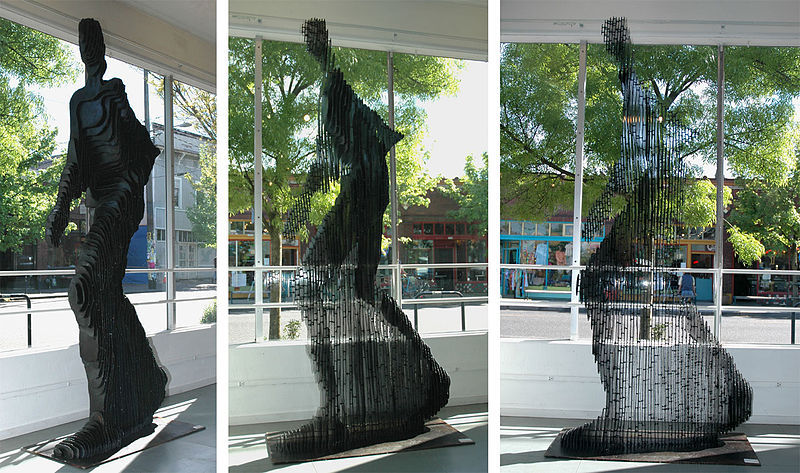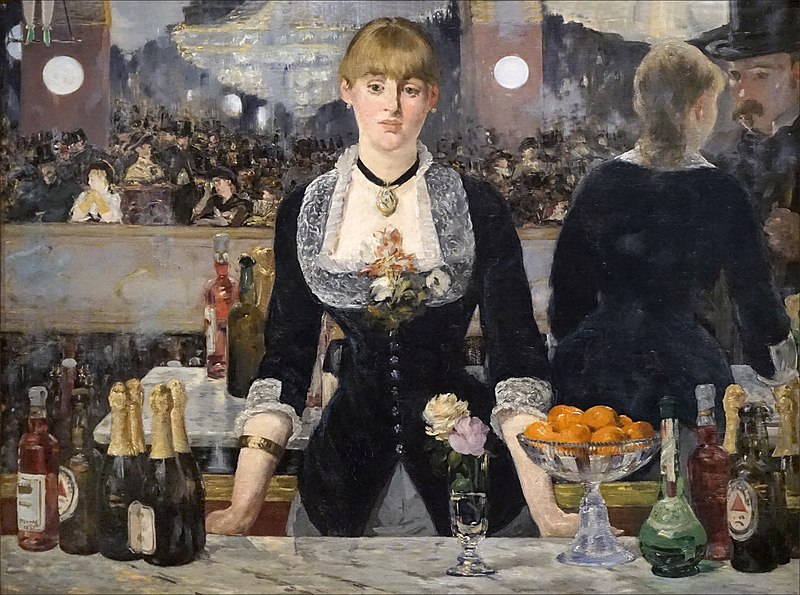
“In a lecture on ‘Beauty and Morality,’ at the University of London, one Kane S. Smith called the ‘Mona Lisa’ of Leonardo da Vinci ‘one of the most actively evil pictures ever painted, the embodiment of all evil the painter could imagine put into the most attractive form he could devise.'”
Literary Digest, Jan. 3, 1914:
“The lecturer admitted that it was an exquisite piece of painting, but said, ‘if you look at it long enough to get into its atmosphere, I think you will be glad to escape from its influence. It has an atmosphere of indefinable evil.'”
“The audience is stated to have applauded enthusiastically, but it is probable they would have applauded equally as heartily if the lecturer had found the influences of the picture good.”




